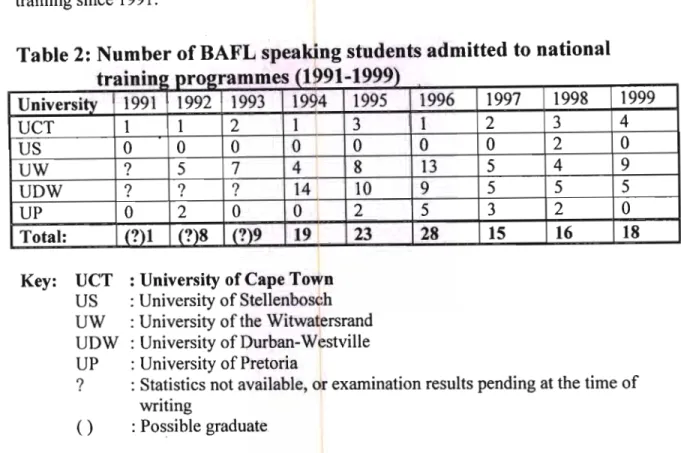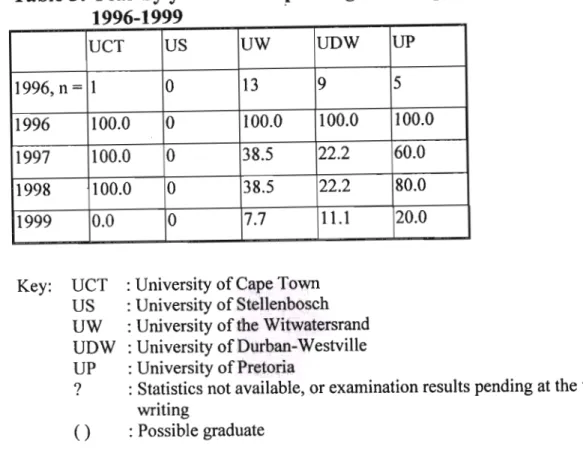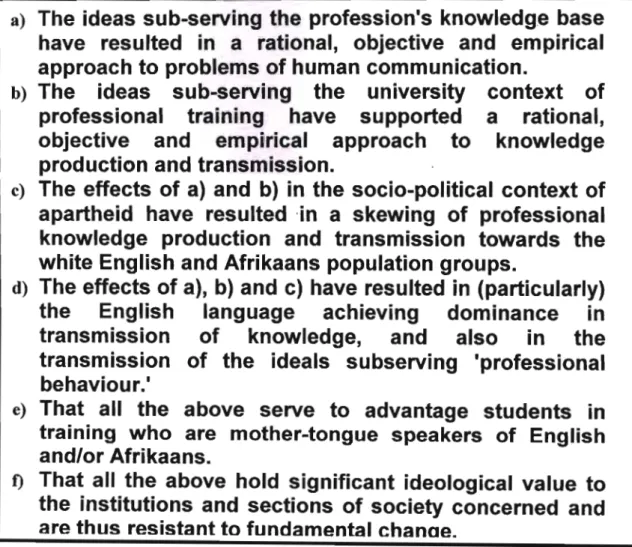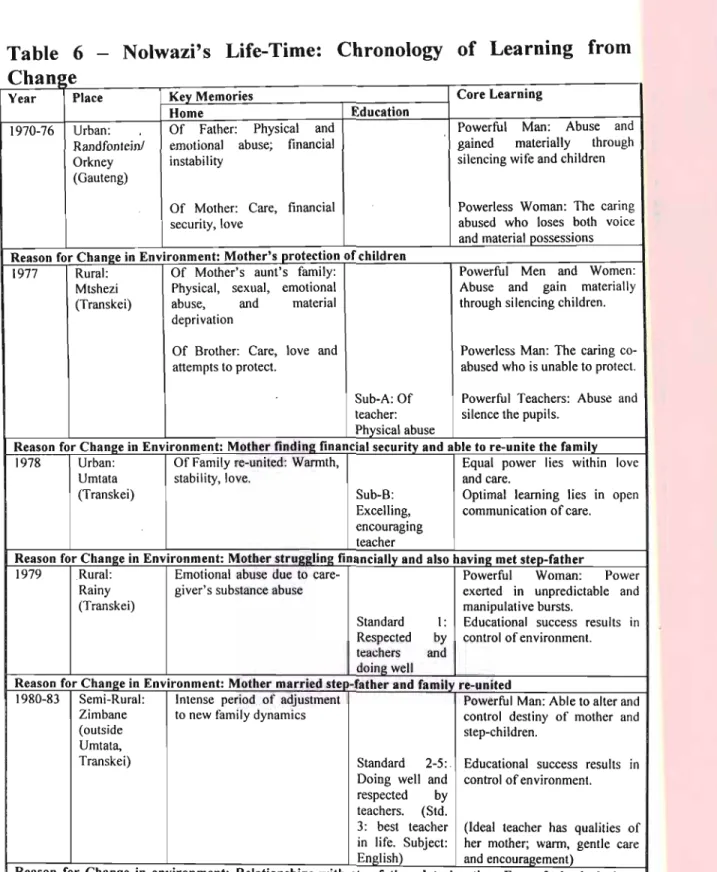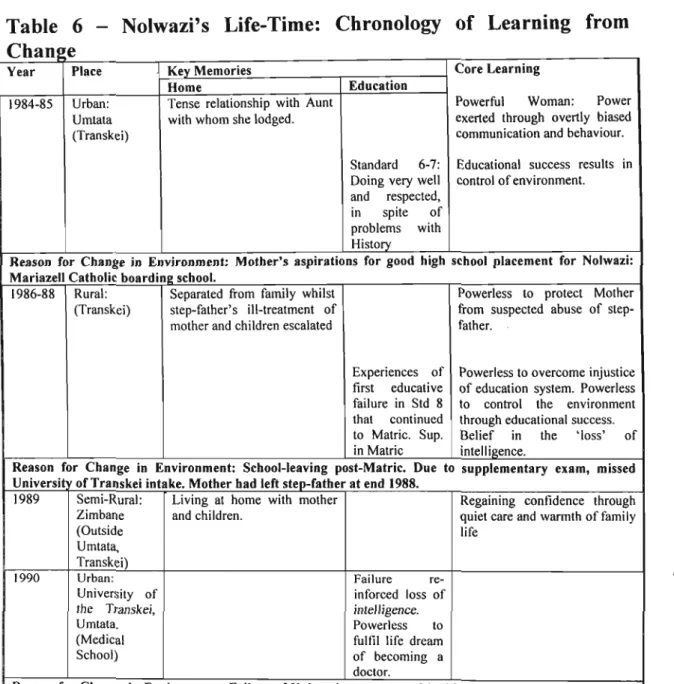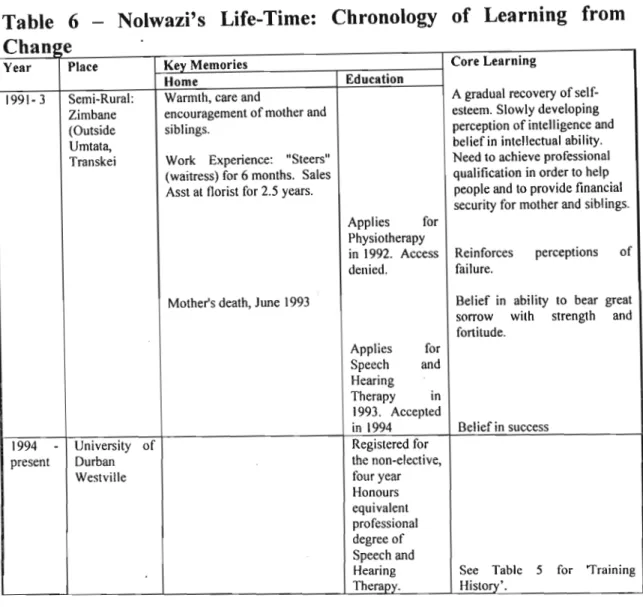Loot!' but as the race went on she more often fell silent, frowning at the chicken; worry about fatigue. Bomber's dear friend gave up a practical gadget to allow the chicken to run the race.
LIST OF TABLES
LIST OF NARRATIVES
PREFACE
Second, I would like to avoid entering into an essentially defensive debate about the use of the methodology itself. I also attempt, in the particular order of the narratives presented in the paper, to provide an alternative voice to the academic text.
NARRATIVE ONE God's Child
And you made a child who suffers.' I was addicted and restrained, descending into the dark gap in her mouth, 'I've come to tell you that enough suffering is enough.' Then she stopped and moved Sibusis to the crook of her arm. In the following weeks, Doris and Sibusiso were absent observers of my activities at the hospital.
NARRATIVE TWO A Personal Sense of Training
An Introduction to the Profession: Training and Practice
What students are taught in training therefore reflects the social/linguistic norms of the society the profession serves. The rigor of the training process is often used as a tautological argument in defense of highly selective entry criteria.
Professional Training and Government Policy
- Professional Training and Primary Healthcare
For this reason, effective community work presupposes mastery of the socialized communication norms of the language/cultural group. However, graduation rates cannot be examined independently of the number of BAFL-speaking students granted access to training.
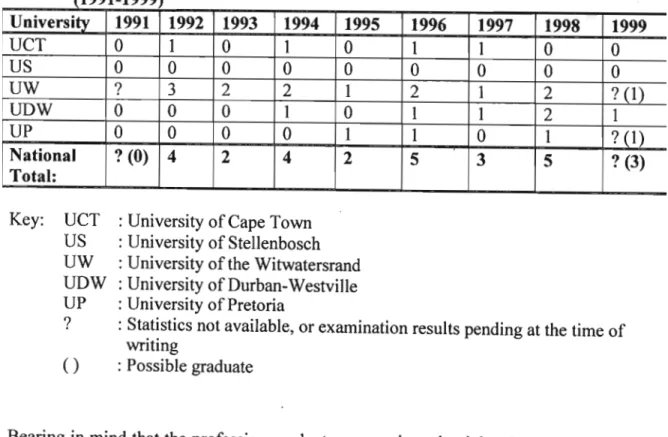
Professional Training and Change: The De-Politicised Curriculum
Nevertheless, and related to the third and final point of this section, there were a small number of politically aware graduates of the national training program. Here, however, it is important to state the essence of the requests for changes that we have made in previous years.
Chapter Summary
Training for South African Practice: The Magnetic Power of True North
- The Origins of the Structured Northern Gaze
- Summary of the Professional Knowledge Base
- True North and the South African University System
- True North and the Hidden South: The Unwavering Compass Needle of Apartheid
- The Bomb-Proof Compass Casing: An Environmentally Safe model of Professional Development
This is an important principle in the professional approach to the assessment of speech, language and hearing disorders. There are three key outcomes of this process, all of which have significance for the development of the South African profession.
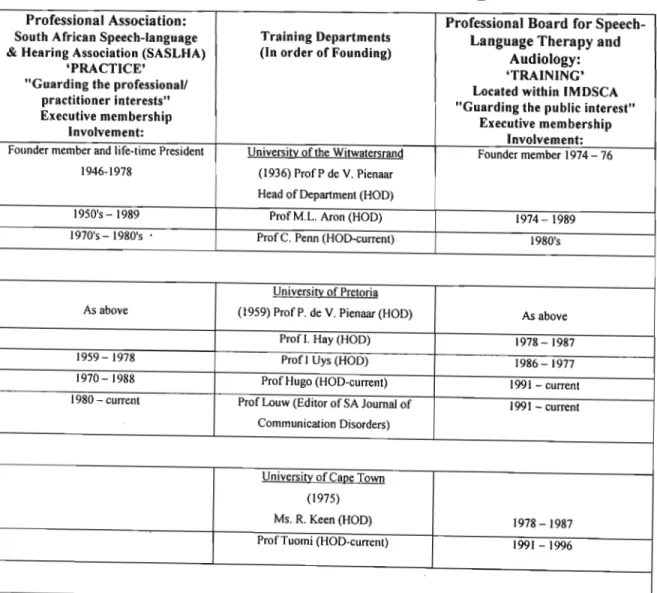
Challenge to the Compass - And a Silent Response
- Double Talk
A key result has been a severe reduction in the profession's ability to increase non-English/Afrikaans native speaking graduates. Interestingly, however, she notes that the 'market population' of the profession is now the Afrikaner. In the text-valued context of the university, professional development takes place in a dominant discourse system that claims factual, logical and deductive approaches to meaning-making.
The argument here is that the institutionalized rules of the university discourse system are different from practice. From this perspective, the silence of professional power holders in response to criticism does not necessarily represent a polar denial on the part of academics of the need for fundamental change of the professional development model.
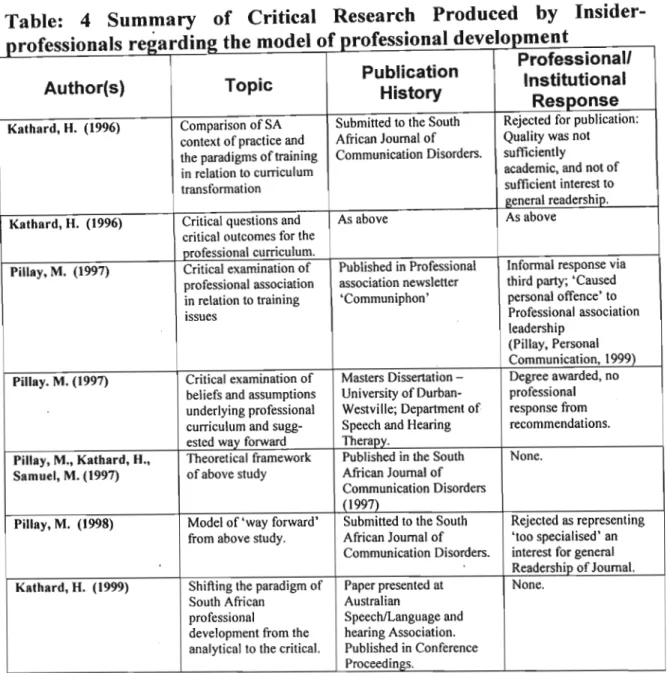
Changing the Compass Direction: The Need of a Powerful Magnet
The context that supports this power, and has contributed significantly to it, is that of the academic institution. This study aims to bring the nature of polemic back to the context of the teaching-learning process by accessing a student's personal ways of knowing so that her voice can be explicitly articulated. In therapeutic practice, skillful meaning-making of context is linked to an equivalent skill in communication (Boreham, 1992).
He does this out of the belief that a re-problematization of the professional development model can only happen when the plurality of voices involved in the teaching and learning process is heard. As part of this shift, it further allows the subjective and interpretive voice of the non-native English!Afrikaans student to be heard as a valid contribution to the discussion itself.
The V-Shaped Magnet of Story and Voice
- The Absent Story
The next section extends this discussion by suggesting that the 'subject' of the professional development debate has been similarly hidden in the truth discourse of science. The significance of this for the historical silence of the student's voice is that, although it is constituted as a 'subject', a 'real subjection' is created. In other words, the reasons underlying student silence can be linked to the dominant paradigm of professional inquiry.
In the narrative, the narrator is reflecting on the sum total of her interpretations of past memories in order to make sense of the present. Life history narratives compel attention and belief through mechanisms within the nature of the discourse itself.
The Research Context: The Space between Magnet and Casing of Compass
The status of the UDW department in relation to the other educational departments at historically white institutions (HWIs). In the case of the UDW department, there is an additional structure that supports this isolation. As already mentioned, the intense workload, in the context of the institution's significant underfunding by the apartheid regime, has seriously compromised the department's research output.
Pillay (1997) has discussed some of the attempts to change the training program made by the Department prior to 1996. An attempt to recreate the gist of this conversation occurred in one of the research interviews.
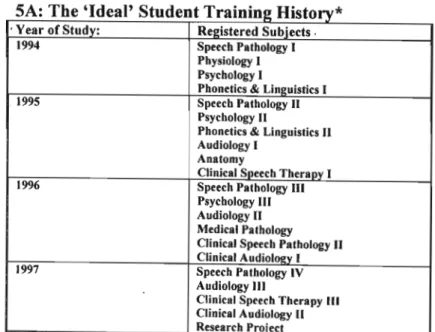
Chronology of Learning from
Methods of Data Collection: The Polar Force of the Magnet
- The Nature of the Data
There is therefore no doubt that data collection and analysis procedures must be sensitive to the nature of the problems posed by language itself. To respect this confidentiality, these narratives do not appear in the verbatim transcriptions of the research interviews. This was to familiarize Nolwazi's teachers with the importance of a research approach in the context of educational change and hopefully to legitimize Nolwazi's participation in this research endeavor.
Deeply impressed by her critical analysis of the professional curriculum (Research Interview Three), I submitted the co-authored narrative outcome of this interview (see Chapter 4.2.3 'The Monster') to an academic journal (Mpumlwana & Beecham , 2000). ). Interviews one and three were unstructured and adopted a broad definition of the research topic, as mentioned above.
Inertial forces
- A student's past personal biographical experiences of learning and teaching ('Biographical Forces')
- A student's personal relig.ious/ ideological/ cultural philosophy of teaching and learning ('Cultural Forces')
- A student's gender identity and projection of that identity ('Gender Forces')
- A student's racial identity and the projection of that identity in relation to other/same race group/s ('Racial Forces')
- A student's class identity and projection of that identity ('Class Forces')
- A student's language status, Le. as a first or second language English speaker ('Linguistic Forces')
Interview Two and because of the complexity of Nolwazi's training history followed a semi-structured interview approach.IS.
Programmatic Forces
The forces exerted from within the training programme in terms of propositional knowledge that is presented ('Propositional
The forces exerted via the teacher's biography on the student's identity (Educator Forces')
The forces of other student's biographies on the student ('Collegial Forces')
The forces exerted on the student from experiences during the training process ('Experiential Forces')
- Data Analysis: The Force of a Magnetic Story
- Representational Analysis
- Presentational Analysis
- Discussion: The Care of A Mother
- Summary of Presentational Analysis
- Representational Analysis
However, the data analysis process was different, influenced by the data itself. The earliest and most consistent use of the term "care" occurs when Nolwazi speaks of her mother. In terms of presentation, the order of the fragments attempts to give a rough outline of her mother's life story.
It therefore seems possible to speculate on the importance of her mother's influence on Nolwazi's belief in the need for a careful curriculum. Its formulation influenced the composition of the representational narratives 'Learning to care' (4.2.1) and 'Learning alone' (4.2.2).
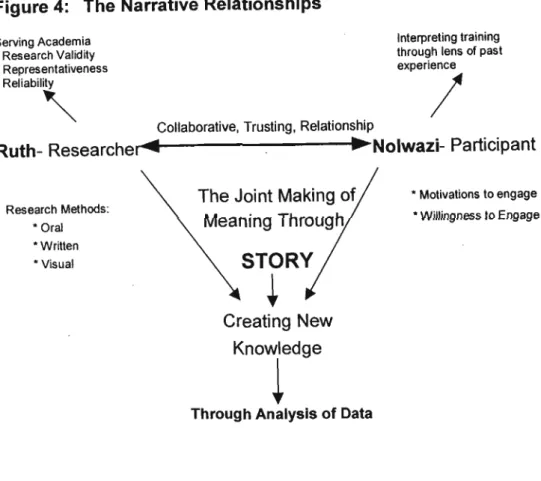
NARRATIVE FIVE
It was the fear of not knowing what to expect, but somehow always expecting the worst. As with my father, it was she—working so hard, caring so much, deserving so much—that sustained us all. So it was that the fear of my life at home entered the classroom, and with it the expectation that the worst would happen.
It was like I didn't want to see this time because she was finally free from the men who took everything and life was really good. But according to her, my mother taught me that you have to do it.
NARRATIVE SIX
I learned a lot from this in terms of separation that we were taught in the course. It's like trying to pull enough information out of the fog to get to that 'later' point where it all suddenly comes together, while trying to do it their way. I knew that I did not know enough information from books to be able to help the child, but at that time I also had a great fear of teachers.
Instead of it being, 'She doesn't understand, how can we help her understand?' it changed to: 'This student is stupid and lazy, she doesn't do her work, she doesn't care.' It's like they see a passing grade as the goal, not comprehension. I learned to duck and dive, to avoid teachers and the department because of how they saw me and my Blackness.
1116 WGS-'-
NARRATIVE SEVEN
And it is you, the monster, who looks at me from many faces. He knows that he has lost his help somewhere and is afraid that he does not know what he is doing. Deep down, this professional monster knows he doesn't know what he's doing in South Africa, but he's afraid to admit it to himself.
You wait a little because I am at a disadvantage, but your monster is hungry to learn, because only by learning about black culture can he overcome his fear of not knowing anything about South Africa. It is this unpredictability of the monster that circles this tail around itself in fear.
Life History Beliefs as to Role of a 'Caring' Health Professional
Interpretations of Training Experiences
Separation: Teaching, and Gender
At the risk of repeating from 2.2.2.2, however, it must be emphasized here that the predominantly female teaching professionals who strive for high levels of collaboration in the institution's male-dominated discourse lUles have a vested interest in speaking with a male voice. In section 7 of 'Learning Alone', s~e emphasizes her interpretation that other students found it easy to "put people's problems under a microscope and analyze them", a clear reference to the 'male' science underlying the professional model. development, and an equally clear reference to her sense of her thinking as different from her non-BAFL speaking student colleagues. Through her experiences of training, Nolwazi reflects her powerlessness to effect change into her reactive, dependent and largely passive response to the authority of the 'male' voice.
Nolwazi is sharply critical of 'Emmanuel's' interpretation of the reasons for the failure of black female students in his multicultural class to participate in the teaching and. But before you do, and because of the connection between the issues themselves, the next section discusses.
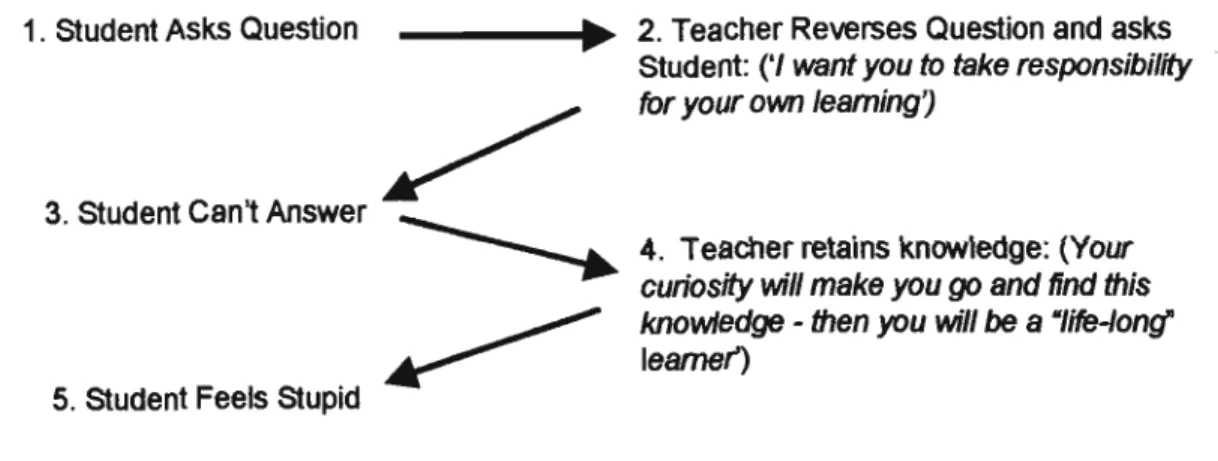
Separation: Theory and Text
It represents, therefore, a life story, but without the cooperation - and most often the knowledge - of the participant. This point extends to the second context of professional text production, that of creating professional knowledge through research. To summarize the issues she raises here: first, that the separation of the researcher from the research subjects occurred through the written word giving priority to dialogue.
This point is not only raised in relation to this study's methodology in 2.3.2, but is highlighted by Nolwazi in sections 15 and 16 of 'The Monster'. Having said this, the inclusion of the 'subject' as someone to be spoken to, as opposed to being talked about, presupposes a radical change to the current model of professional development.
Separation, Therapy and Talk
Help in alleviating communication pathology therefore occurs 'naturally' as outside the person and their support systems. The first concerns the role of the university in promoting such a design of professional training for health professionals. Related to this is another: the ability of teacher-experts to tackle it.
In other words, through the physical removal of students and teachers from the dominance of academic discourse, one would hope that new ways of thinking about the teaching and learning process would emerge from immersion in the practice discourse of the new environment. Would this also result in a consideration of the current approach to the teaching of communication diseases, apart from humans as communicating totalities?
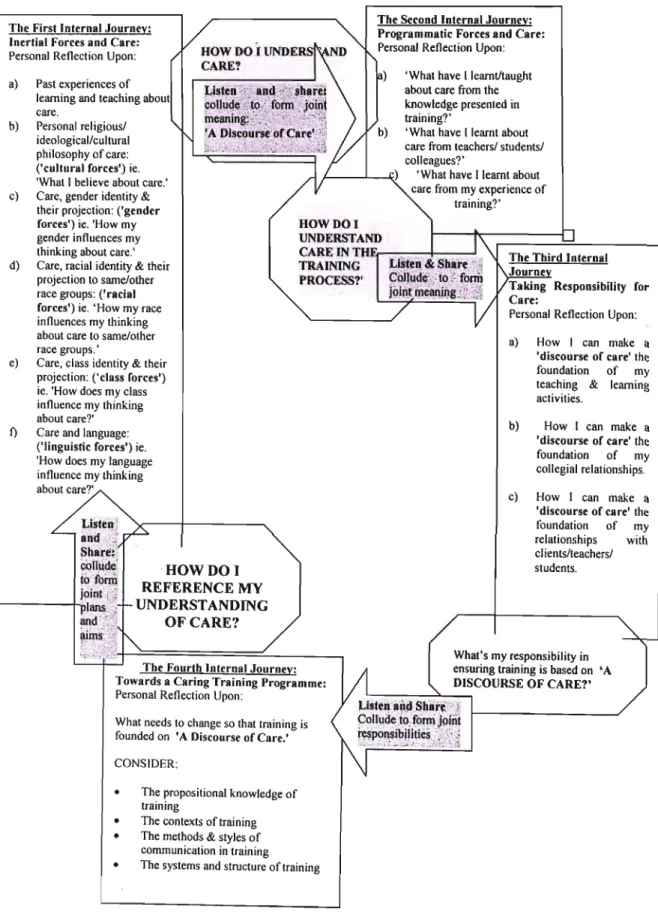
The Loss of Identity and Authenticity
